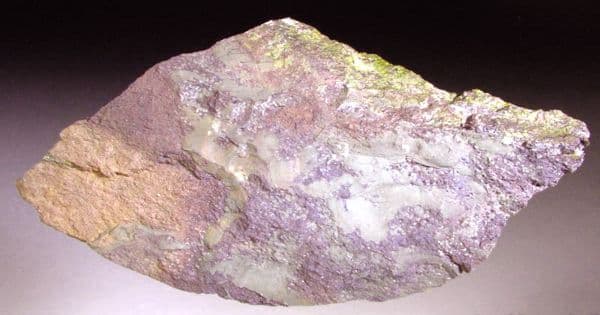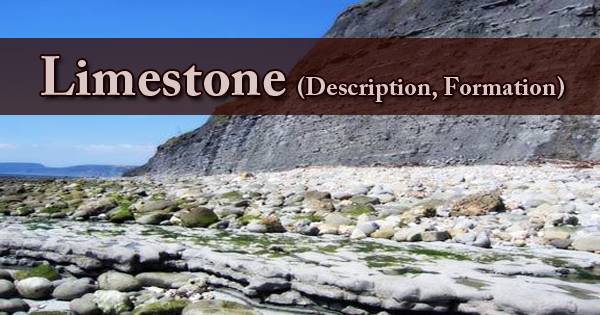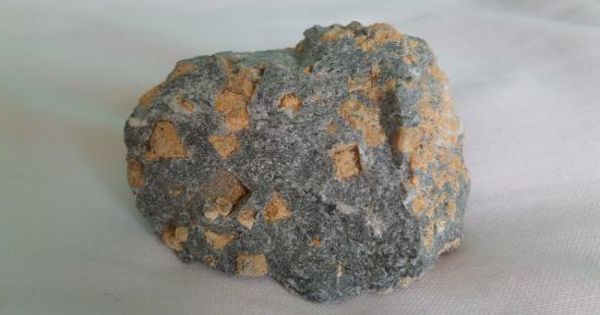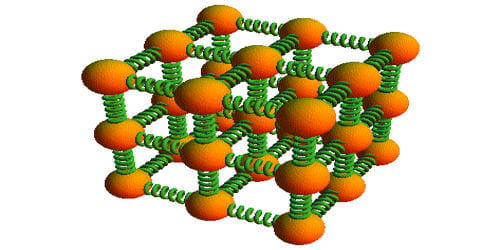Hanksite is a sulfate mineral, distinguished as one of only a handful that contains both carbonate and sulfate ion groups. It has the chemical formula Na22K(SO4)9(CO3)2Cl. It is a hexagonal-dipyramidal mineral containing carbon, chlorine, oxygen, potassium, sodium, and sulfur. It is one of only a handful of minerals that contain both carbonate and sulfate ion groups.
General Information
- Category: Sulfate minerals
- Formula: Na22K(SO4)9(CO3)2Cl
- Crystal system: Hexagonal
- Crystal class: Dipyramidal (6/m)
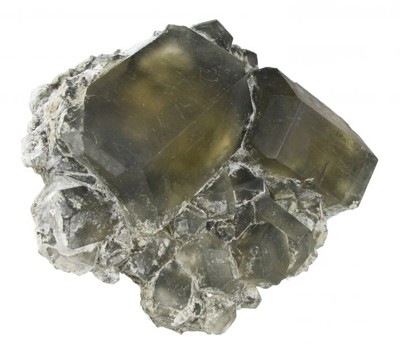
Fig: Hanksite – a sulfate mineral
Properties
Hanksite can be colorless, white, gray, green or yellow and is transparent or translucent. The mineral’s hardness is approximately 3 to 3.5. The specific gravity is approximately 2.5. It is salty to the taste and sometimes glows pale yellow in the ultraviolet light.
- Color: Colorless to pale yellow, maybe grayish green due to clay inclusions
- Crystal habit: Occurs as short prismatic to tabular hexagonal crystals
- Fracture: Uneven
- Tenacity: Brittle
- Mohs scale hardness: 3–3.5
- Luster: Vitreous to dull
- Streak: White
- Diaphaneity: Transparent to translucent
- Specific gravity: 2.562
- Optical properties: Uniaxial (−)
Occurrences
It was first described in 1888 for an occurrence in Searles Lake, California and named for American geologist Henry Garber Hanks (1826–1907). Hanksite is normally found in crystal form as evaporite deposits. Hanksite crystals are large but not complex in structure. It is often found in Searles Lake, Soda Lake, Mono Lake, and in Death Valley. It is associated with halite, borax, trona, and aphthitalite in the Searles Lake area.
Information Source:

